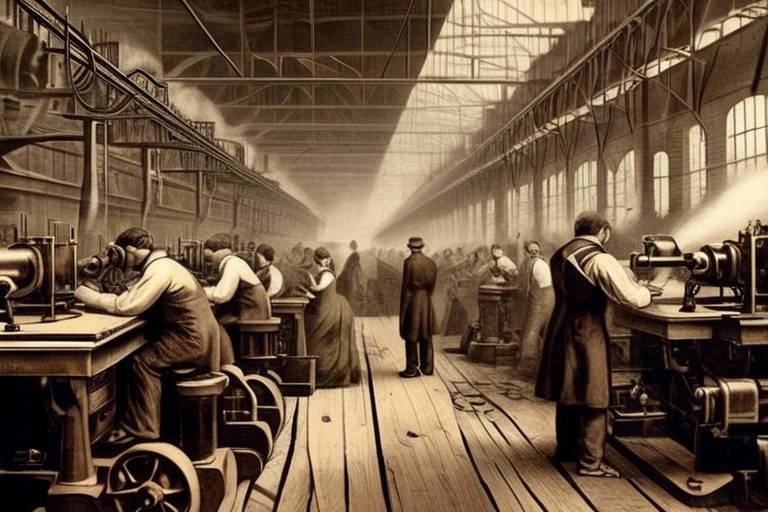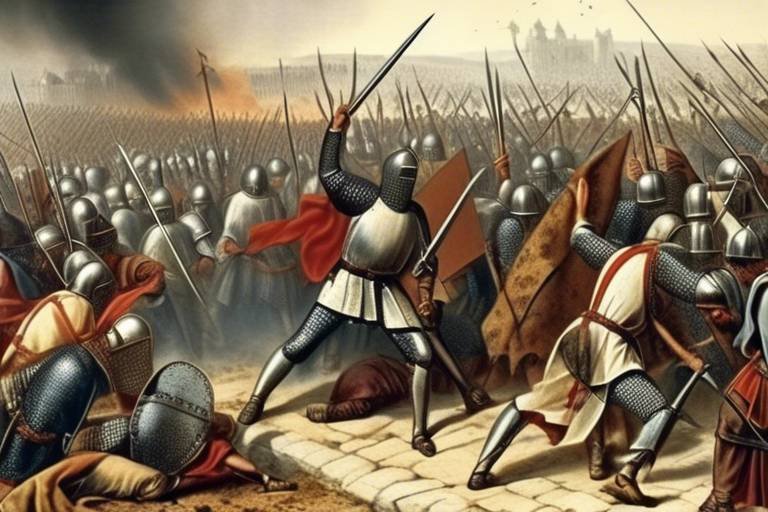The Industrial Revolution - Transforming Society
The Industrial Revolution was a transformative period in history that reshaped societies across the globe. Beginning in the late 18th century, this era brought about remarkable changes in economic, technological, and social aspects, leaving a lasting impact on how people lived and worked. The revolution was not merely a shift in production methods but a profound alteration in the fabric of society itself.
Technological advancements played a pivotal role in driving the Industrial Revolution forward. Innovations like the steam engine, textile machinery, and advancements in iron production revolutionized manufacturing processes, leading to a surge in productivity and the rapid growth of industries. These breakthroughs laid the foundation for the modern industrial landscape we see today.
Urbanization and migration were key outcomes of the Industrial Revolution, as people flocked from rural areas to burgeoning cities in pursuit of employment opportunities in factories and mills. This mass movement of populations fueled the growth of urban centers, giving rise to a new urban lifestyle characterized by industrialization and urban sprawl.
The social impacts of the Industrial Revolution were profound, ushering in significant changes in societal structures. The emergence of a new working class, labor movements advocating for workers' rights, and debates on living conditions all marked this period of social upheaval. The revolution sparked discussions on social equality and labor rights that continue to shape our society today.
Economically, the Industrial Revolution marked a shift from agrarian economies to industrial ones, leading to increased production, trade, and wealth accumulation. This transition laid the groundwork for modern capitalism, setting the stage for the economic systems we see in place today.
However, with progress came environmental consequences. The rapid industrialization of the era brought about detrimental impacts on the environment, including pollution, deforestation, and resource depletion. These environmental concerns raised questions about sustainability and the long-term effects of unchecked industrial growth.
The effects of the Industrial Revolution were not confined to Europe alone; its influence spread globally, shaping economies, societies, and cultures worldwide. Increased trade, colonization, and the dissemination of industrial technologies had far-reaching effects, leaving an indelible mark on the world as a whole.
Gender roles and family life underwent significant changes during this period as well. With women and children entering the workforce in large numbers, traditional gender norms were challenged, leading to a redefinition of family structures and societal expectations. These shifts in gender roles continue to resonate in contemporary discussions on equality and diversity.
The legacy of the Industrial Revolution endures to this day, serving as a reminder of the need to balance technological progress with social and environmental considerations for sustainable development. The lessons learned from this transformative period continue to inform our approach to innovation, progress, and societal advancement.

Technological Advancements
The Industrial Revolution was a period of significant economic, technological, and social change that began in the late 18th century. It transformed society by revolutionizing industries, urbanizing populations, and altering the way people lived and worked.
Innovations such as the steam engine, textile machinery, and iron production revolutionized manufacturing processes, leading to increased productivity and the growth of industries. The invention of the steam engine by James Watt in the late 18th century marked a turning point in industrial development, powering machinery and transportation systems. This breakthrough technology enabled factories to operate more efficiently, increasing production capacity and driving economic growth.
The advancements in textile machinery, including the spinning jenny and power loom, transformed the textile industry, speeding up the production of fabrics and garments. This innovation not only boosted textile manufacturing but also set the stage for further mechanization in other sectors. Additionally, improvements in iron production techniques, such as the use of coke in smelting, led to the mass production of iron and steel, fueling the construction of infrastructure and machinery.
These technological advancements not only revolutionized manufacturing processes but also laid the foundation for modern industrialization. The integration of new technologies into production systems enabled industries to scale up operations, meet growing demand, and drive economic progress. The Industrial Revolution was propelled by a series of technological breakthroughs that reshaped the industrial landscape and set the stage for the modern era of innovation.
The Industrial Revolution spurred urbanization as people moved from rural areas to cities in search of employment opportunities in factories and mills, leading to the growth of urban centers.
The Industrial Revolution brought about significant social changes, including the emergence of a new working class, labor movements, and debates on living conditions and workers' rights.
The shift from agrarian economies to industrial economies during the Industrial Revolution led to increased production, trade, and wealth accumulation, laying the foundation for modern capitalism.
The rapid industrialization during the Industrial Revolution had detrimental environmental impacts, such as pollution, deforestation, and resource depletion, raising concerns about sustainability.
The Industrial Revolution had far-reaching effects beyond Europe, influencing economies, societies, and cultures worldwide through increased trade, colonization, and the spread of industrial technologies.
The Industrial Revolution redefined traditional gender roles and family structures as women and children entered the workforce, challenging societal norms and reshaping domestic life.
The Industrial Revolution's legacy continues to shape modern society, serving as a reminder of the importance of balancing technological progress with social and environmental considerations for sustainable development.
Stay tuned for the frequently asked questions section!
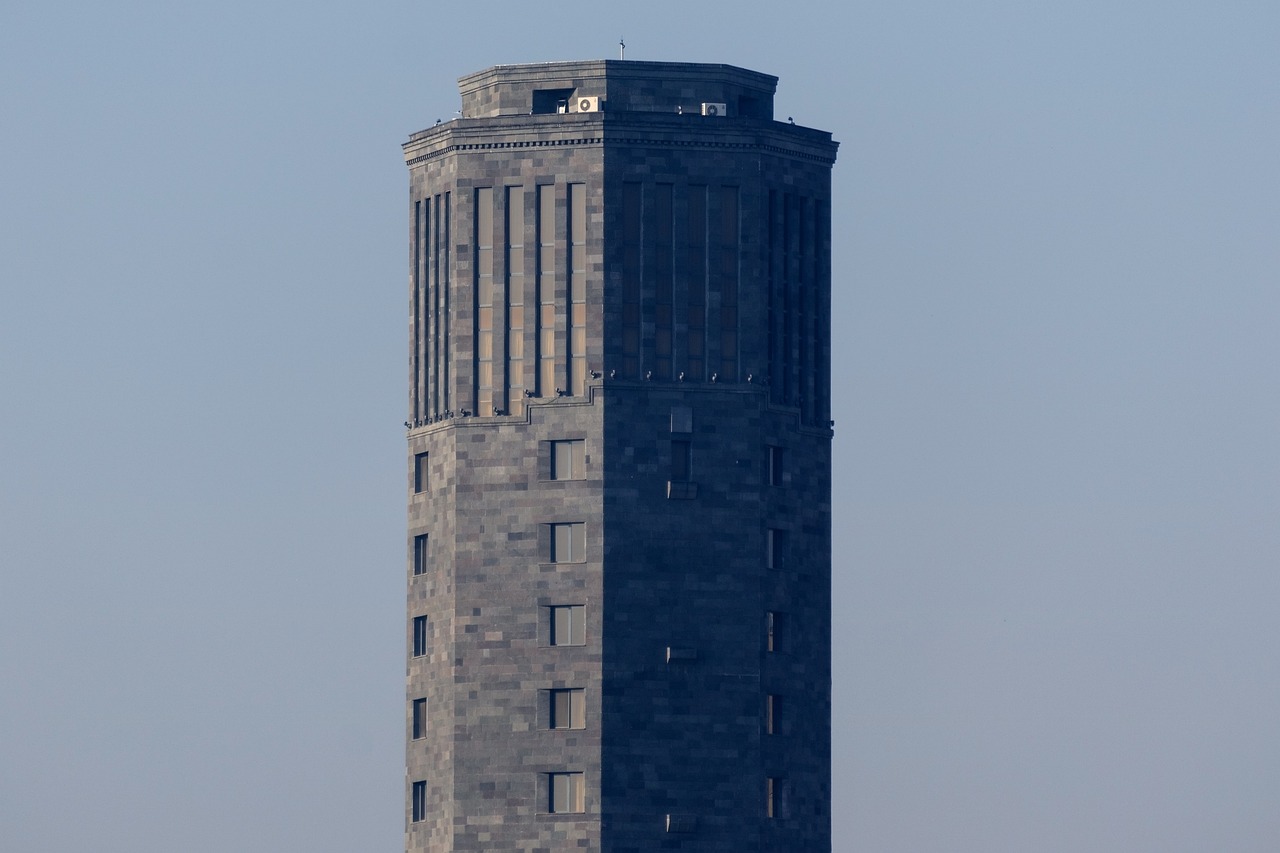
Urbanization and Migration
The Industrial Revolution was a period of significant economic, technological, and social change that began in the late 18th century. It transformed society by revolutionizing industries, urbanizing populations, and altering the way people lived and worked.
Urbanization was a key aspect of the Industrial Revolution as people migrated from rural areas to urban centers in search of employment opportunities in the burgeoning factories and mills. This mass movement of individuals from the countryside to cities led to the rapid growth of urban populations and the development of industrial hubs.
The shift towards urban living was driven by the concentration of factories and industries in urban areas, offering job prospects and economic opportunities that were not available in rural settings. The allure of steady employment and the promise of a better life drew people to urban centers, sparking a wave of migration that reshaped the demographic landscape.
As cities expanded to accommodate the influx of migrants, new social structures and communities emerged, creating a dynamic urban environment characterized by diversity and rapid development. The urban landscape evolved rapidly, with infrastructure improvements, such as transportation networks and housing facilities, being established to support the growing population.
Urbanization also brought about significant challenges, including overcrowding, poor living conditions, and social inequalities. The rapid pace of urban growth strained resources and infrastructure, leading to issues such as inadequate housing, sanitation, and public health. These challenges highlighted the need for urban planning and social reforms to address the negative consequences of rapid urbanization.
In addition to the physical transformation of cities, migration patterns during the Industrial Revolution had profound social and cultural impacts. The mixing of rural and urban populations facilitated the exchange of ideas, traditions, and beliefs, contributing to the diversification of society and the enrichment of cultural practices.
Overall, urbanization and migration were pivotal aspects of the Industrial Revolution, shaping the social, economic, and cultural landscape of the time and laying the foundation for modern urban centers and communities.
Q: How did urbanization impact social structures during the Industrial Revolution?
A: Urbanization led to the formation of new social classes, increased cultural diversity, and the emergence of urban communities with distinct identities.
Q: What were some of the challenges associated with rapid urbanization?
A: Challenges included overcrowding, inadequate housing, poor sanitation, and social inequalities, highlighting the need for urban planning and social reforms.
Q: How did migration contribute to the growth of industrial centers?
A: Migration brought a steady influx of labor to urban areas, fueling the expansion of factories and industries and driving economic growth.
Q: What long-term impacts did urbanization have on society?
A: Urbanization laid the groundwork for modern urban development, shaping the way cities are structured, managed, and inhabited today.
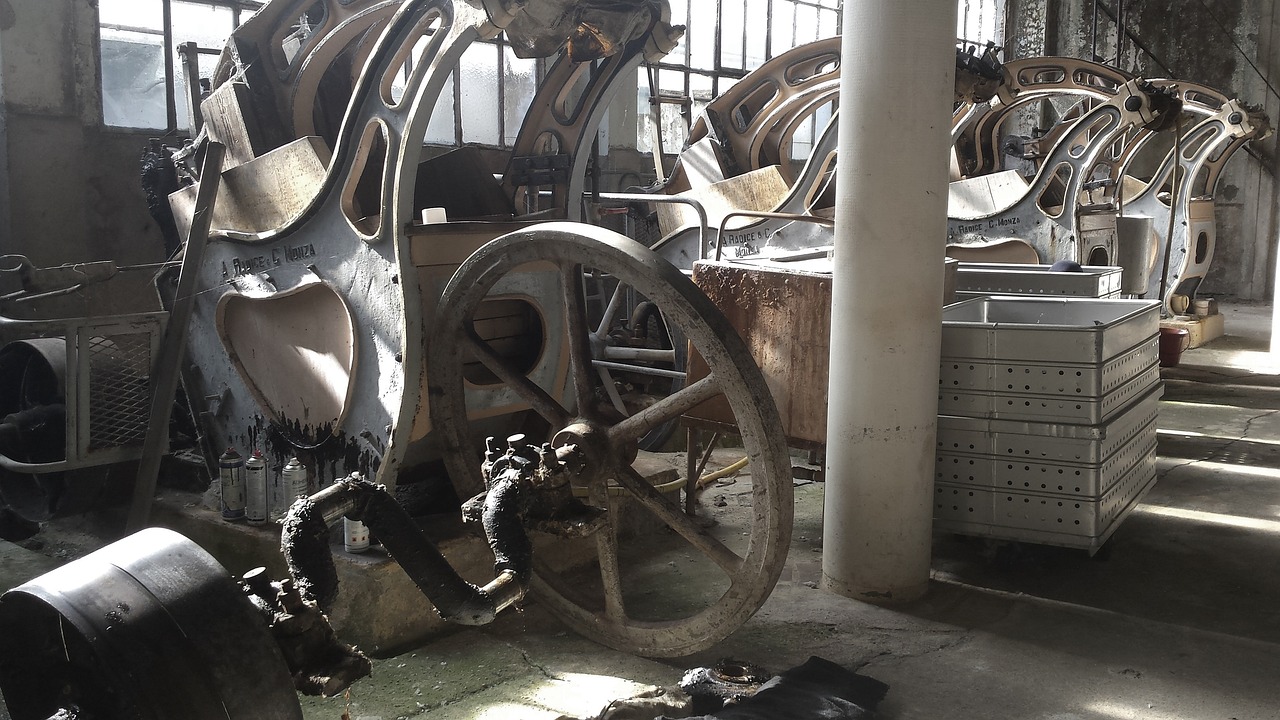
Social Impacts
The Industrial Revolution was a period of significant economic, technological, and social change that began in the late 18th century. It transformed society by revolutionizing industries, urbanizing populations, and altering the way people lived and worked.
Innovations such as the steam engine, textile machinery, and iron production revolutionized manufacturing processes, leading to increased productivity and the growth of industries.
The Industrial Revolution spurred urbanization as people moved from rural areas to cities in search of employment opportunities in factories and mills, leading to the growth of urban centers.
The Industrial Revolution brought about significant social changes, including the emergence of a new working class, labor movements, and debates on living conditions and workers' rights. It reshaped the social fabric by creating a divide between the wealthy industrialists and the working class, leading to discussions on inequality and social justice.
The shift from agrarian economies to industrial economies during the Industrial Revolution led to increased production, trade, and wealth accumulation, laying the foundation for modern capitalism.
The rapid industrialization during the Industrial Revolution had detrimental environmental impacts, such as pollution, deforestation, and resource depletion, raising concerns about sustainability.
The Industrial Revolution had far-reaching effects beyond Europe, influencing economies, societies, and cultures worldwide through increased trade, colonization, and the spread of industrial technologies.
The Industrial Revolution redefined traditional gender roles and family structures as women and children entered the workforce, challenging societal norms and reshaping domestic life.
The Industrial Revolution's legacy continues to shape modern society, serving as a reminder of the importance of balancing technological progress with social and environmental considerations for sustainable development.
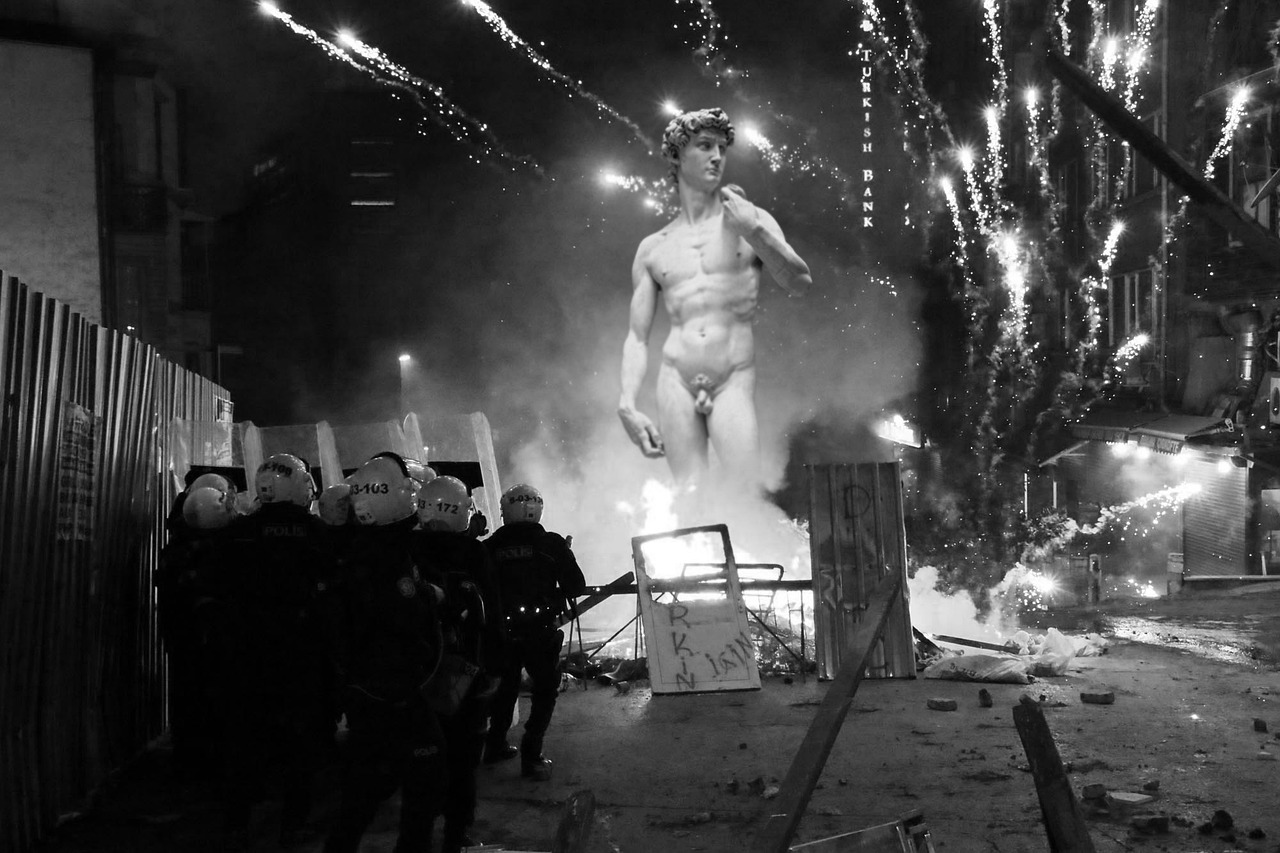
Economic Transformation
The Industrial Revolution marked a profound as societies shifted from agrarian-based economies to industrial economies. This transition brought about a surge in production, trade, and wealth accumulation, laying the groundwork for the modern capitalist system we know today.
With the introduction of technological advancements such as the steam engine and textile machinery, manufacturing processes were revolutionized, leading to increased productivity and the mass production of goods. This increased efficiency not only met the rising demand for products but also created new markets and opportunities for economic growth.
The rise of industries during the Industrial Revolution fostered a new era of commerce and trade. Goods could now be produced on a larger scale and transported more efficiently, leading to the expansion of markets both domestically and internationally. This increased trade not only boosted economic growth but also facilitated the exchange of ideas, cultures, and technologies across borders.
Furthermore, the economic transformation brought about by the Industrial Revolution led to the accumulation of wealth and capital on a scale never seen before. The growth of industries created new job opportunities, attracted investments, and fueled economic expansion. This accumulation of wealth laid the foundation for the rise of capitalist economies, where private ownership, competition, and profit maximization became driving forces of the economic system.
As economies shifted from agricultural to industrial, a new division of labor emerged. Specialization in manufacturing processes led to increased efficiency and productivity, further driving economic growth. This division of labor also created new social dynamics, as workers became specialized in specific tasks within the production process.
In conclusion, the brought about by the Industrial Revolution was a pivotal moment in history that reshaped the way societies produced, traded, and accumulated wealth. The legacy of this economic shift continues to influence modern economies, emphasizing the importance of innovation, efficiency, and adaptation in the face of technological advancements and changing market dynamics.
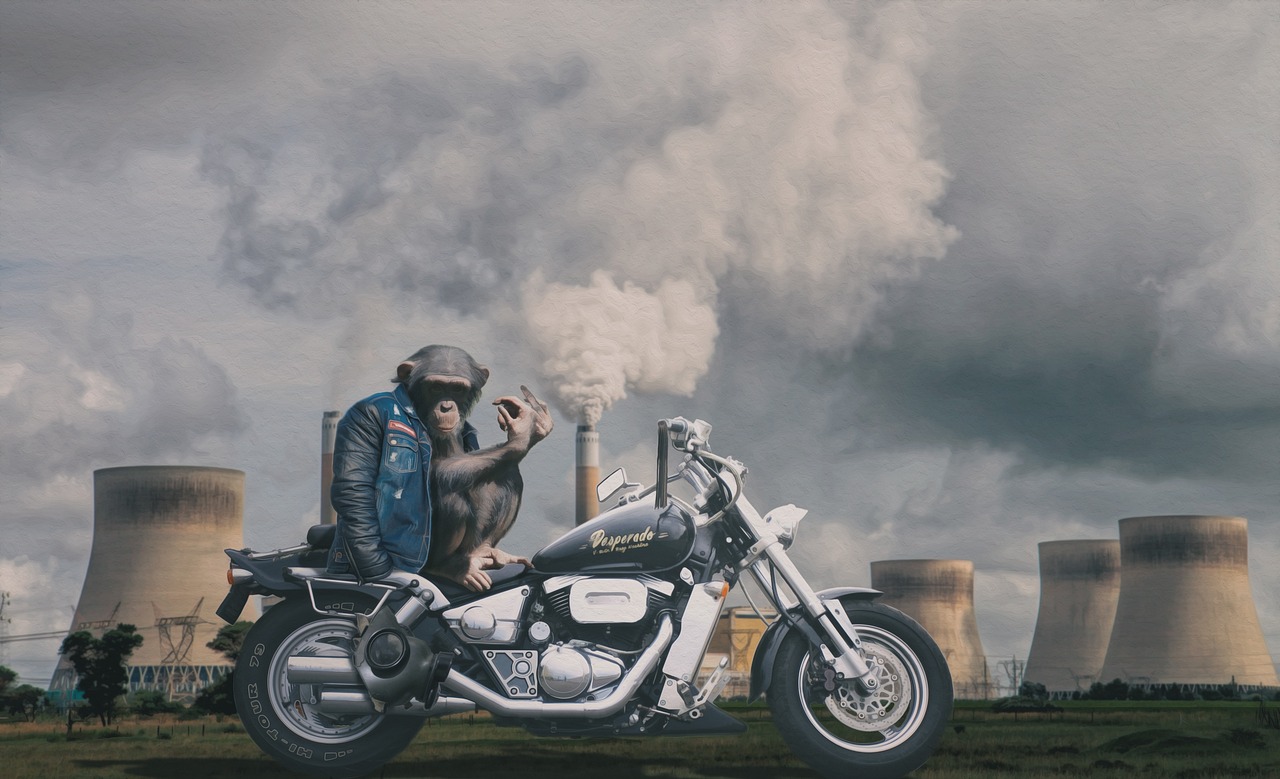
Environmental Consequences
The Industrial Revolution was a period of significant economic, technological, and social change that began in the late 18th century. It transformed society by revolutionizing industries, urbanizing populations, and altering the way people lived and worked.
Innovations such as the steam engine, textile machinery, and iron production revolutionized manufacturing processes, leading to increased productivity and the growth of industries.
The Industrial Revolution spurred urbanization as people moved from rural areas to cities in search of employment opportunities in factories and mills, leading to the growth of urban centers.
The Industrial Revolution brought about significant social changes, including the emergence of a new working class, labor movements, and debates on living conditions and workers' rights.
The shift from agrarian economies to industrial economies during the Industrial Revolution led to increased production, trade, and wealth accumulation, laying the foundation for modern capitalism.
The rapid industrialization during the Industrial Revolution had detrimental environmental impacts, such as pollution, deforestation, and resource depletion, raising concerns about sustainability.
The Industrial Revolution had far-reaching effects beyond Europe, influencing economies, societies, and cultures worldwide through increased trade, colonization, and the spread of industrial technologies.
The Industrial Revolution redefined traditional gender roles and family structures as women and children entered the workforce, challenging societal norms and reshaping domestic life.
The Industrial Revolution's legacy continues to shape modern society, serving as a reminder of the importance of balancing technological progress with social and environmental considerations for sustainable development.
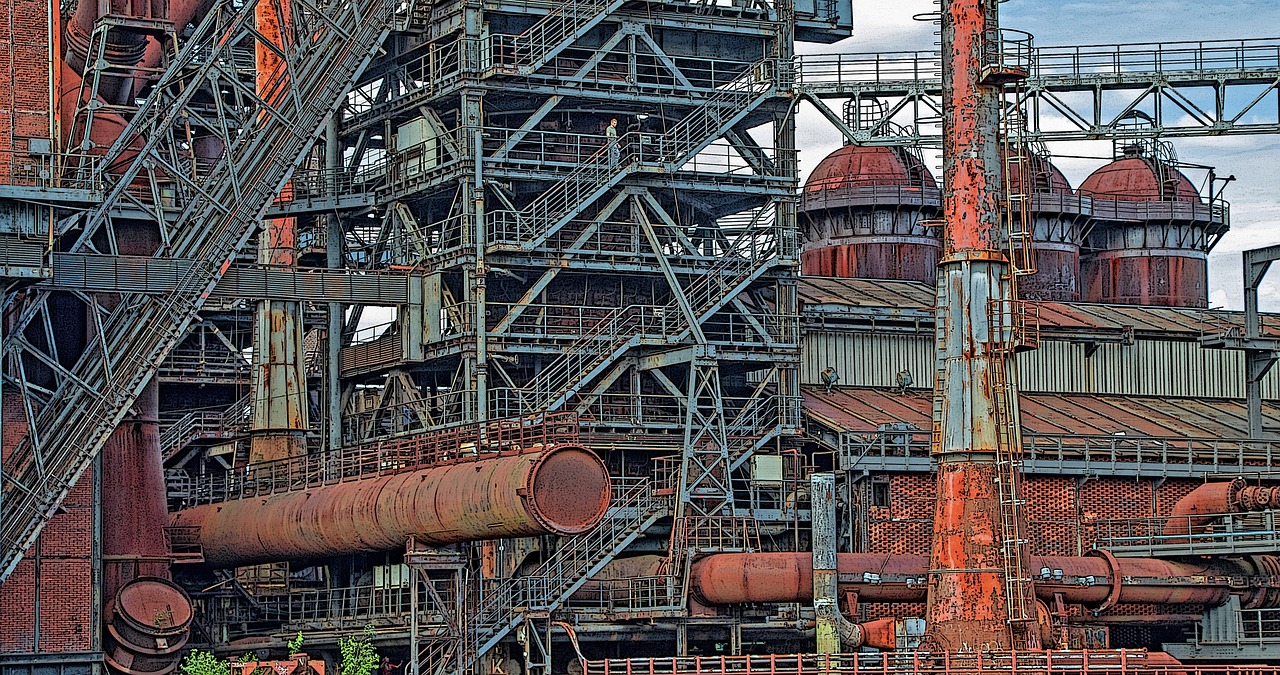
Global Expansion
The Industrial Revolution had a profound impact on a global scale, extending its reach far beyond the borders of Europe. This period of immense change influenced economies, societies, and cultures worldwide, shaping the course of history in unprecedented ways. One of the key aspects of the Industrial Revolution's global expansion was the significant increase in international trade. As industrialized nations sought new markets for their goods and raw materials, trade networks expanded, linking distant regions and facilitating the exchange of goods and ideas.
Moreover, the Industrial Revolution fueled the era of colonization, as industrialized powers sought to establish overseas empires to secure resources and markets for their growing industries. This colonization had far-reaching effects on the colonized societies, often leading to cultural assimilation, economic exploitation, and social upheaval. The spread of industrial technologies, such as steam power and mechanized production, also played a crucial role in the global expansion of the Industrial Revolution.
Industrial technologies were disseminated to various parts of the world, transforming local economies and societies. In regions where industrialization took hold, traditional ways of life were disrupted, and new social structures emerged. The adoption of industrial practices often led to the displacement of traditional crafts and occupations, as well as the reorganization of labor systems.
Additionally, the global expansion of the Industrial Revolution contributed to the interconnectedness of the world, as ideas, goods, and people flowed across continents at an unprecedented rate. This interconnectedness fostered cultural exchange and innovation, leading to the emergence of a more interconnected and interdependent global community.

Gender Roles and Family Life
During the Industrial Revolution, traditional gender roles and family life underwent significant transformations. The shift from agrarian to industrial economies led to a redefinition of societal norms as women and children entered the workforce alongside men. This marked a departure from the conventional division of labor, where men worked outside the home while women tended to domestic duties. The industrial setting blurred these lines, challenging established gender roles and reshaping family dynamics.

Legacy and Lessons Learned
The from the Industrial Revolution continue to resonate in modern society, serving as a poignant reminder of the intricate balance required between technological advancement, social progress, and environmental sustainability. As we reflect on this transformative period in history, it becomes evident that the Industrial Revolution's legacy is multifaceted, leaving behind a complex tapestry of impacts that shape our world today.
One of the enduring legacies of the Industrial Revolution is the technological innovation that emerged during this period. The advancements in machinery, production processes, and transportation systems paved the way for the modern industrialized world we live in today. These innovations not only revolutionized manufacturing and commerce but also laid the groundwork for future technological breakthroughs that continue to drive progress and innovation.
Moreover, the Industrial Revolution serves as a stark reminder of the social upheaval and inequalities that can accompany rapid industrialization. The emergence of a new working class, labor movements advocating for workers' rights, and debates on living conditions highlighted the need for social reforms and paved the way for the development of labor laws and regulations that protect workers' rights and ensure fair treatment in the workplace.
Additionally, the Industrial Revolution underscored the importance of environmental stewardship and sustainable development. The unchecked industrial growth of the past led to environmental degradation, pollution, and resource depletion, prompting a global awareness of the need to balance economic progress with environmental preservation. This legacy continues to shape contemporary discussions on climate change, sustainability, and responsible resource management.
Furthermore, the Industrial Revolution reshaped global dynamics by fostering increased trade, colonization, and cultural exchange between nations. The interconnectedness of economies and societies that emerged during this period laid the foundation for our modern globalized world, emphasizing the importance of international cooperation, diplomacy, and mutual understanding.
In conclusion, the Legacy and Lessons Learned from the Industrial Revolution serve as a testament to the enduring impact of historical events on shaping our present and future. By studying and reflecting on the complexities of this transformative period, we gain valuable insights into the interconnected nature of technological progress, social development, and environmental sustainability, guiding us towards a more balanced and inclusive approach to progress and prosperity.
Frequently Asked Questions
- What were the key technological advancements during the Industrial Revolution?
The Industrial Revolution saw the emergence of groundbreaking innovations such as the steam engine, textile machinery, and iron production, which revolutionized manufacturing processes and significantly increased productivity.
- How did the Industrial Revolution impact urbanization and migration?
The Industrial Revolution led to a significant shift in population dynamics as people migrated from rural areas to urban centers in search of employment opportunities in factories and mills, resulting in the rapid urbanization of societies.
- What were some of the social impacts of the Industrial Revolution?
The Industrial Revolution brought about profound social changes, including the rise of a new working class, the formation of labor movements advocating for workers' rights, and debates on living conditions and social inequality.
- How did the Industrial Revolution contribute to economic transformation?
The transition from agrarian economies to industrial economies during the Industrial Revolution led to a surge in production, trade, and wealth accumulation, laying the foundation for the modern capitalist system that continues to shape global economies today.
- What were some of the environmental consequences of the Industrial Revolution?
The rapid industrialization of the era resulted in detrimental environmental impacts such as pollution, deforestation, and resource depletion, raising concerns about sustainability and the long-term health of the planet.
- How did the Industrial Revolution influence gender roles and family life?
The Industrial Revolution challenged traditional gender roles and family structures as women and children entered the workforce in factories and mills, reshaping societal norms and redefining the dynamics of family life.
- What is the legacy of the Industrial Revolution and what lessons can be learned from it?
The Industrial Revolution's legacy continues to shape modern society, serving as a reminder of the importance of balancing technological progress with social and environmental considerations for sustainable development and equitable growth.

